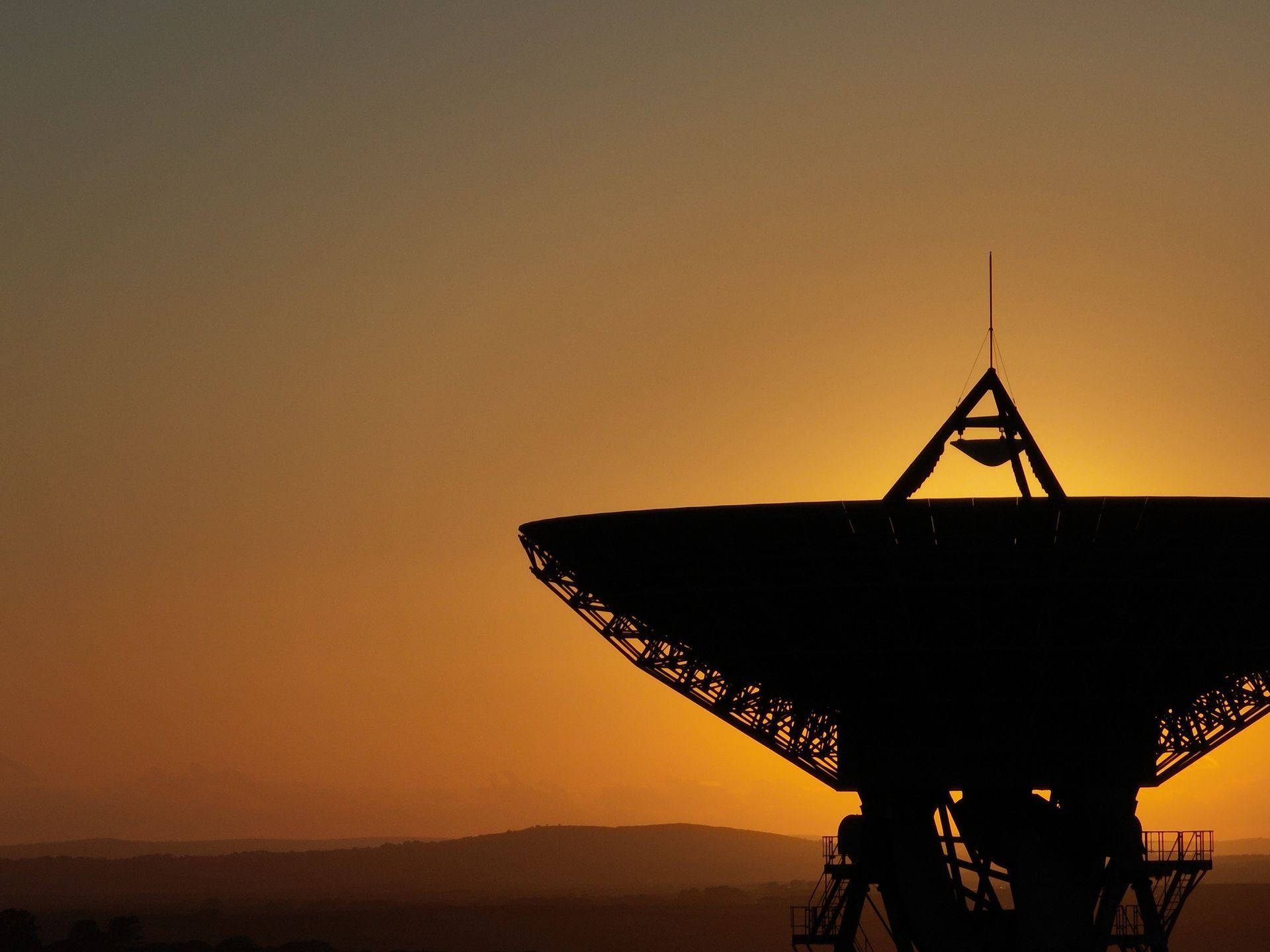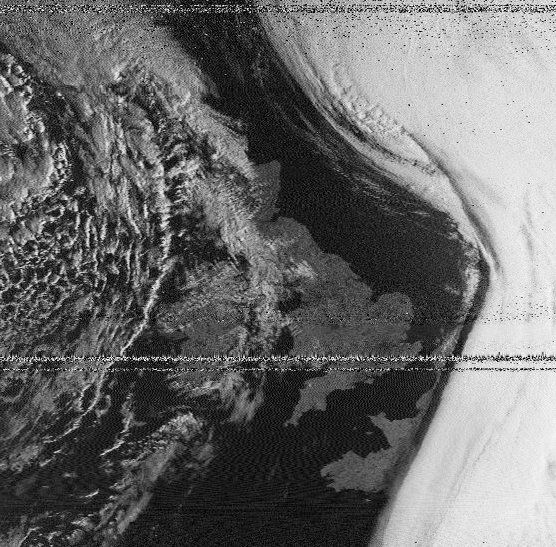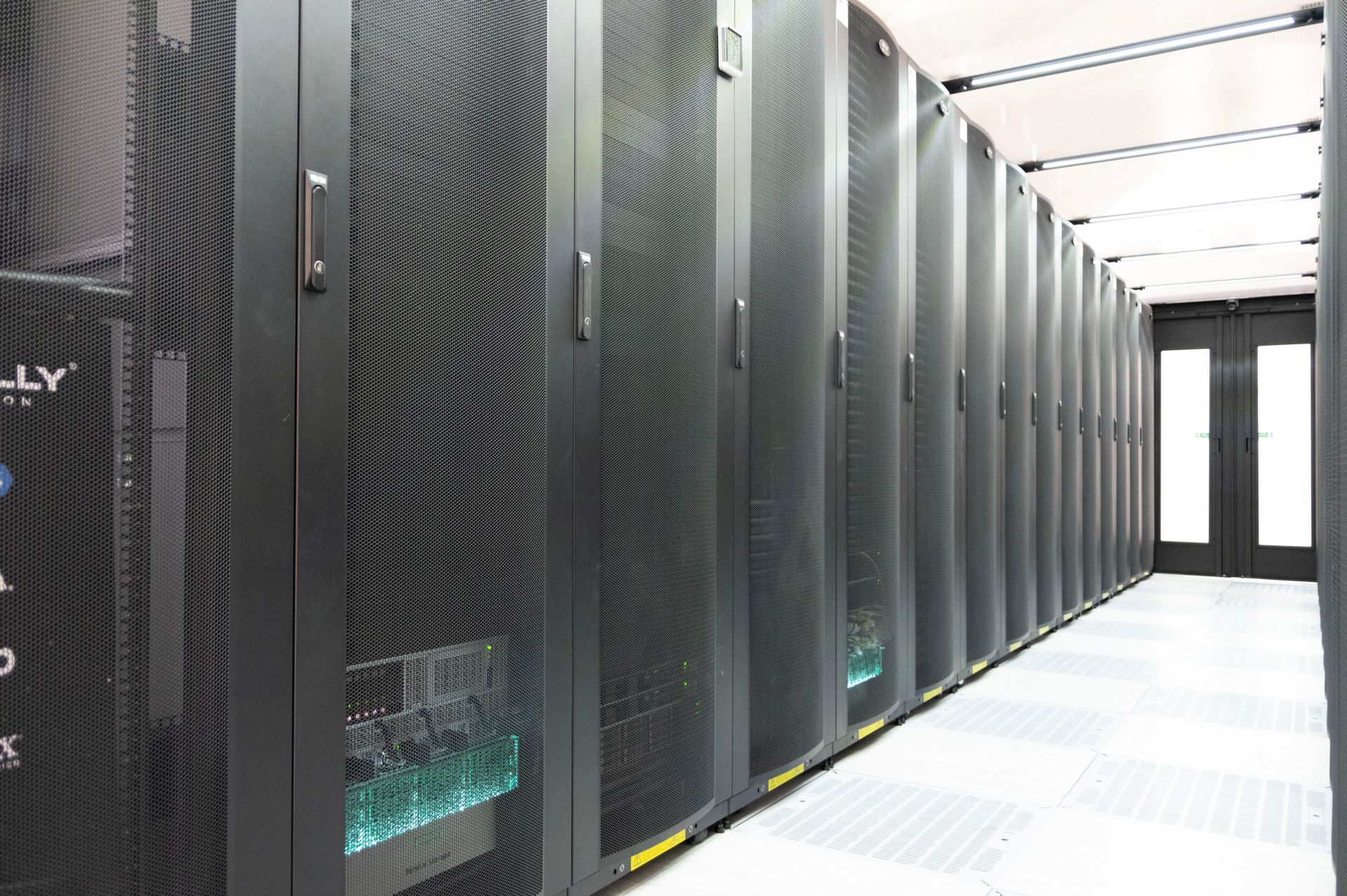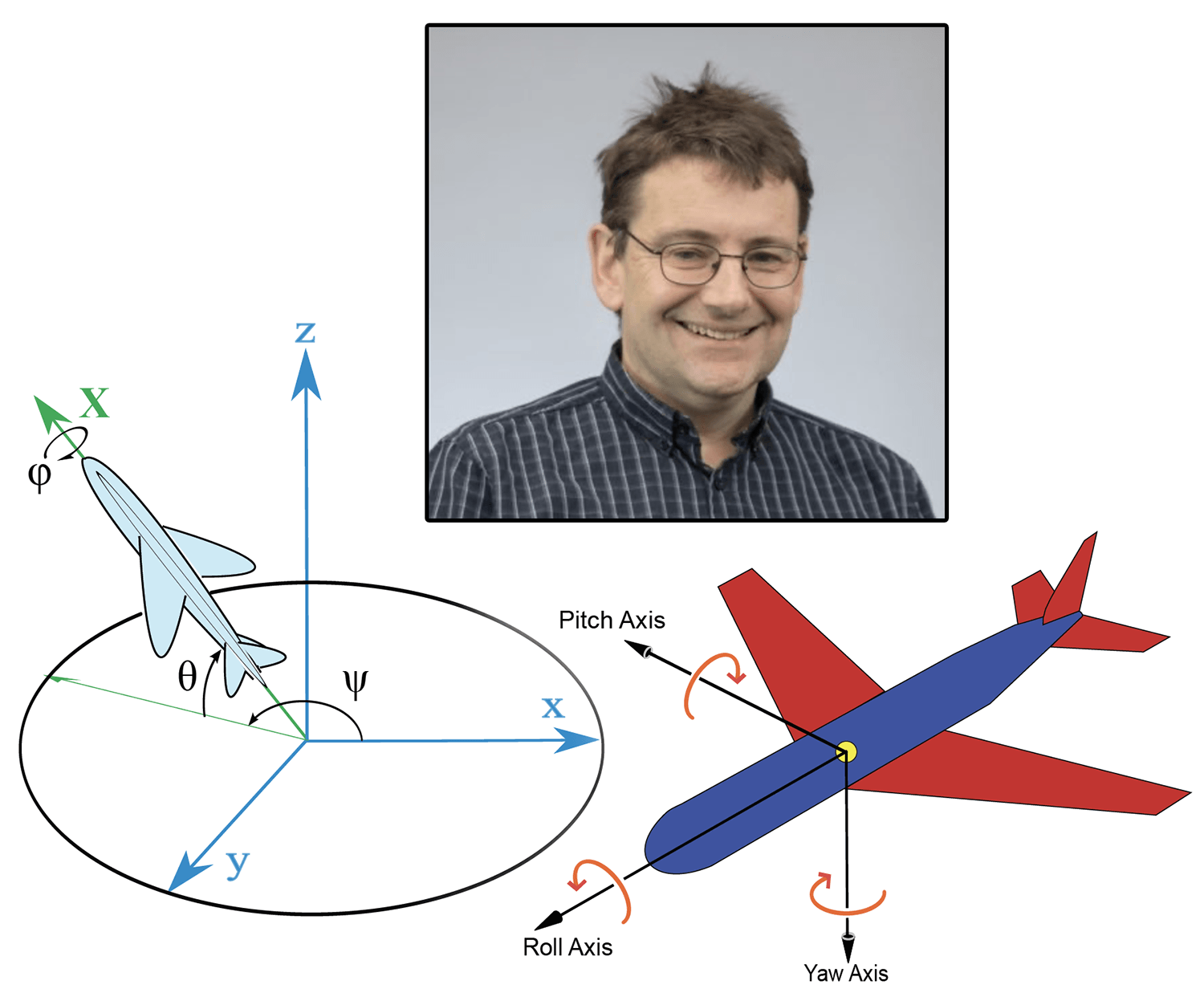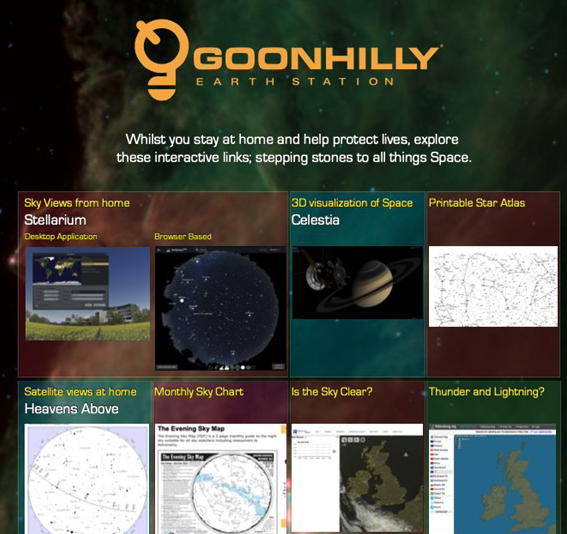NASA's Mars 2020 EDL Event observed by GHY-6 Deep Space Antenna
Acquisition of signal 18th February 2021

Wow! What a truly amazing end to February 2021 for the next chapter in Mars exploration. Not only was the world watching as 3 nations successfully reached the red planet (orbital insertion of both UAE Hope and China’s Tianwen-1, and the landing of NASA/JPL Perseverance) but here at Goonhilly we were also listening!
Taking short breaks from our final testing campaigns on the newly-upgraded GHY-6 Deep Space antenna we eagerly listened in as signals were beamed Earthwards by all 3 of the latest Mars missions. After successfully observing both the Emirates Mars Mission and China's Tianwen-1 reaching Mars orbit, on 18th February 2021, as NASA’s Mars Perseverance hurtled towards the Martian atmosphere, we recorded its every whisper.
In collaboration with BAE our engineers were able to successfully capture the Direct-To-Earth signal 'tones' used by NASA/JPL to indicate the successful operation of the spacecraft as it went through the entry phase of the EDL (Entry, Descent & Landing) sequence. We were also able to measure the rapid frequency shift as the spacecraft slowed when entering the Martian atmosphere just before landing.
Click on the images below to see a zoom of the different phases described in the text.
The recorded signal tells a fascinating story!
The carrier signal is clearly visible in the centre of the waterfall plots*, along with the different frequency ‘tones’ either side of the carrier signal which the lander used to signal the success of each stage of the EDL.
The gaps in the signal correspond to a change of the signal carrier mode, the detachment of the cruising stage causing the lander’s antenna to be ‘shadowed’, and at the very end the loss of signal due to low signal-to-noise ratio.
The signal can be seen to become weaker as the signal is switched from the cruise stage antenna to the smaller low gain antenna on the lander, as well as when the lander hits the atmosphere. In the final portion of the visible signal the frequency can be seen to shift very rapidly as the lander decelerates.
Technical details
The GHY-6 antenna made innovative use of the Open-Loop raw RF capture in our Deep-Space Modems, in observing Perseverance's dramatic descent onto Mars. We used our TTCP Modems' highly flexible PLL tracking to maintain lock on the signal received from a small antenna on the capsule backshell. Post-processing was applied to the captured high-fidelity raw RF data to extract the final extreme dynamics of Perseverance's deceleration on hitting the Martian atmosphere
* These are spectrograms, which are a way of showing the contribution of waves at different frequencies to an overall radio signal (or any other wave signal).
